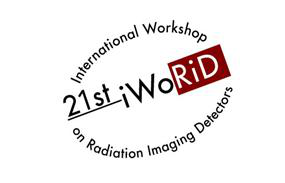Speaker
Description
The ATLAS experiment at the Large Hadron Collider is currently preparing for a major upgrade of the Inner Tracking for the Phase-II LHC operation (known as HL-LHC), scheduled to start in 2026. In order to achieve the integrated luminosity of 4000 fb$^{-1}$, the instantaneous luminosity is expected to reach unprecedented values, resulting in about 200 proton-proton interactions in a typical bunch crossing. The radiation damage at the full integrated luminosity implies integrated hadron fluencies over 2$\times$10$^{16}$ n$_{eq}$/cm$^2$ requiring a completed replacement of the existing Inner Detector. An all-silicon Inner Tracker (ITk) is under development with a pixel detector surrounded by a strip detector, aiming to provide increased tracking coverage up to |η|=4.
The current prototyping, targeting an ITk Strip Detector system consisting of four barrel layers in the centre and forward regions composed of six disks at each end, is described in the ATLAS Inner Tracker Strip Detector Technical Design Report (TDR). With the recent final approval of the ITk strip TDR by the CERN Research Board, the prototyping phase is coming to an end and the pre-production readiness phase has started at the institutes involved.
In this contribution we present the design of the ITk Strip Detector. We will give an extended summary of the R&D results achieved, including a wide set of measurements with detectors for several vendors, and irradiated with a range of fluencies and reaching up to to HL-LHC doses, demonstrating the excellent radiation hardness achieved. In addition, we will outline the current status of prototyping on various detector components, with a particular emphasis on the radiation-hard sensors, ASICs and front-end electronics under development. We will also discuss the status of preparations and the plans for the forth-coming pre-production and production phase.
